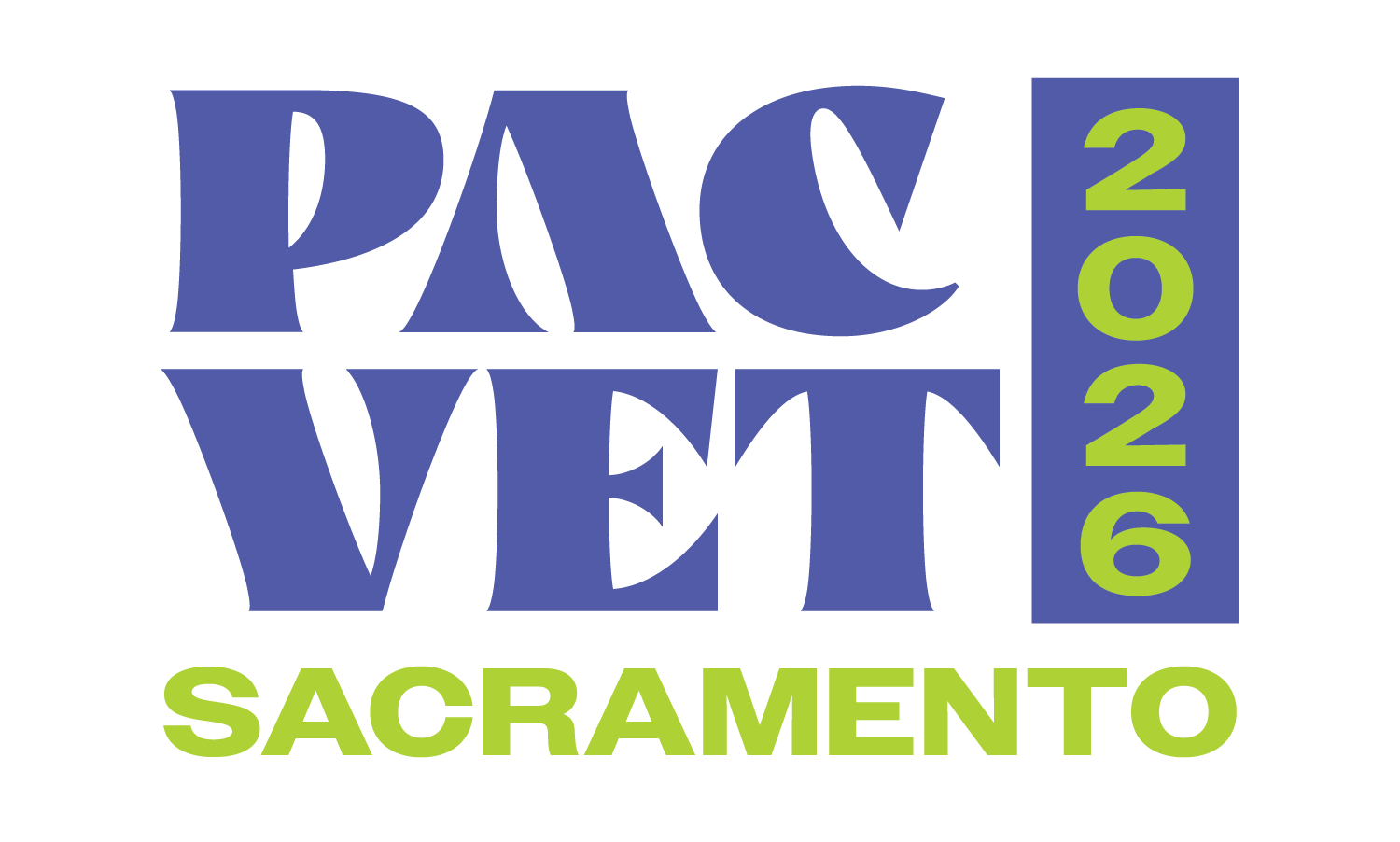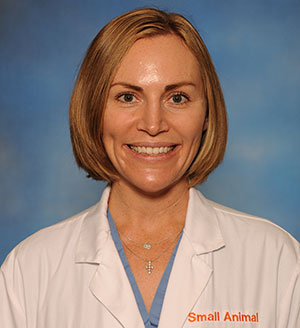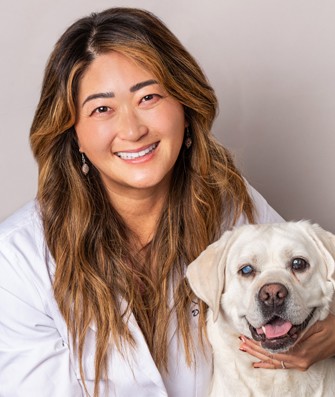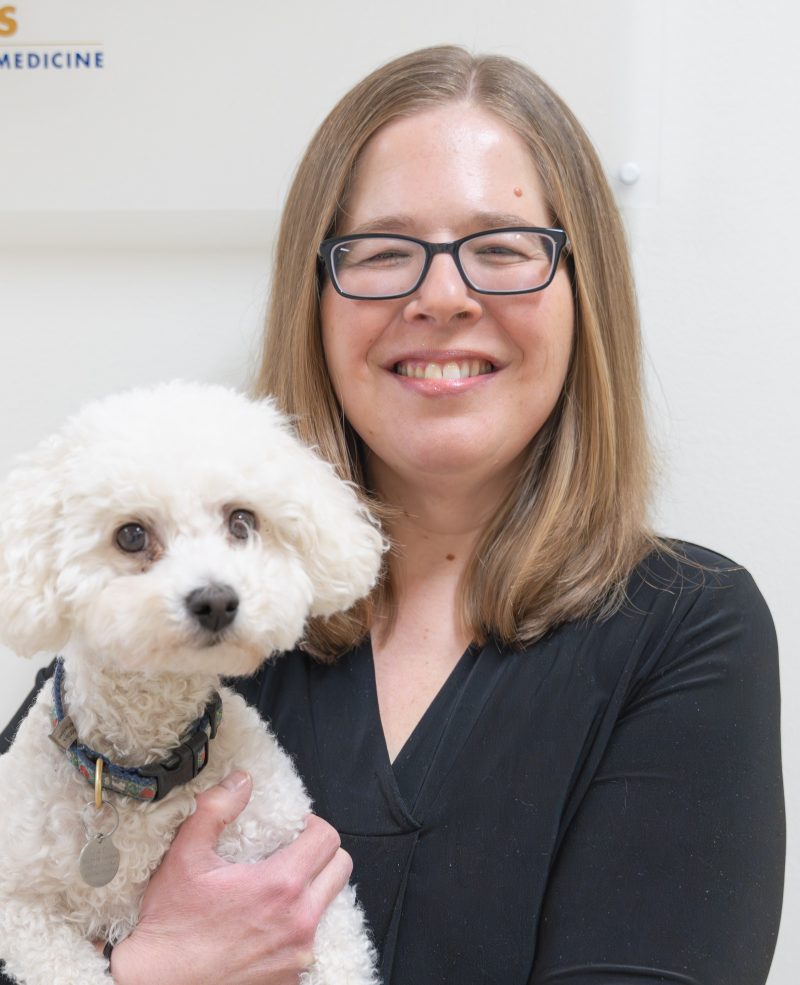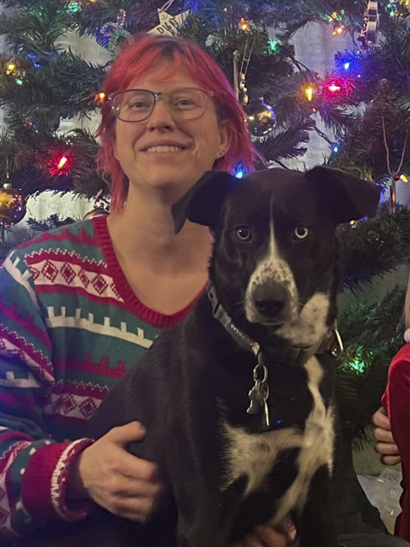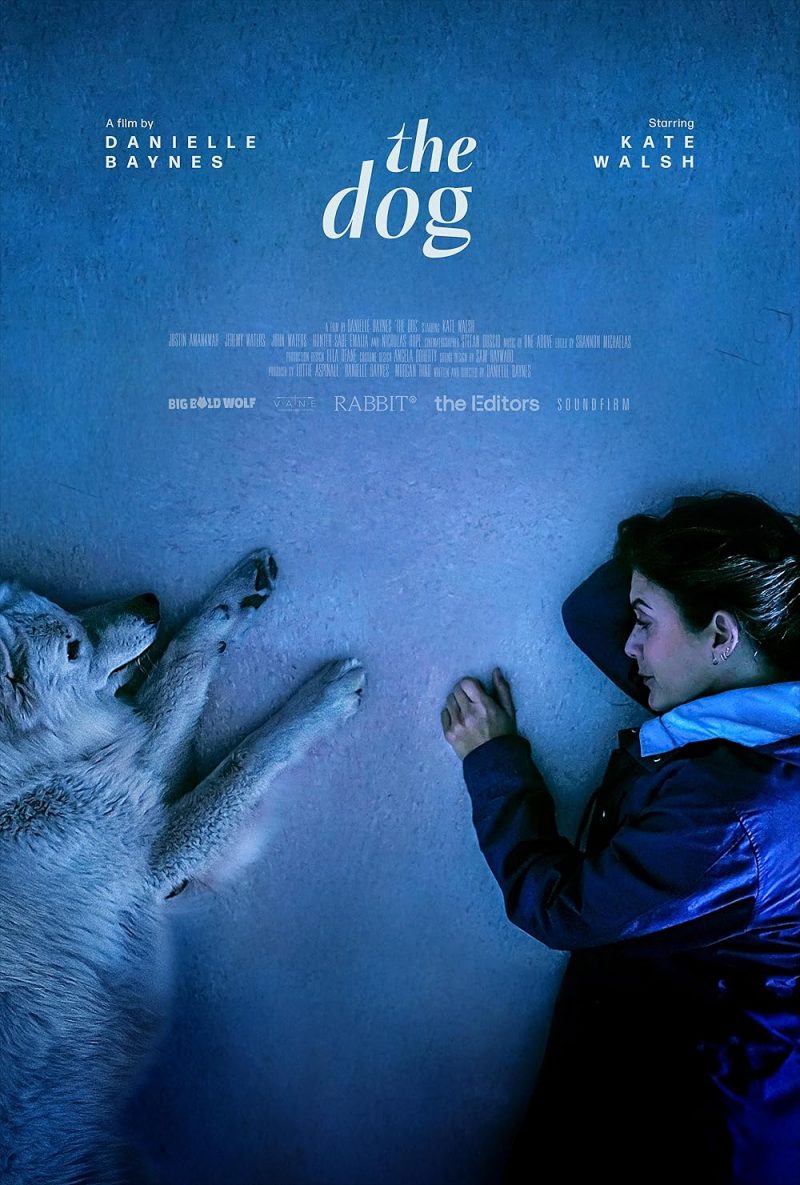| 8:00 AM- 9:15 AM |
Unpopular Opinion: Obstructed Rabbits Should Not Be Taken to Surgery
Gastrostomy has long been inadvertently used to manage functional GI obstruction in rabbits, despite evidence of medicine showing otherwise. This lecture will cover the GI syndrome complex in rabbits, with a focus on obstructive ileus, how to properly diagnose with the aid of imaging and blood work, and how to properly manage the condition, including proper intravascular fluid therapy, pain management, orogastric decompression, lidocaine CRI, and similar. Hint: metoclopramide and cisapride are not part of the approach, and attendees will learn why! |
| 9:25 AM-10:25 AM |
More Than Winging It: Chicken Basics for the General Practitioner
In this talk, attendees will learn about the basics of chicken medicine in order to incorporate them into their practice. This talk will cover aspects of drug legislation pertinent to pet chickens in the U.S., as well as the basics for husbandry, diet, physical exam, and clinical skills like blood sampling, IV catheter placement, injections, and crop feeding. |
| 11:00 AM-12:00 PM |
Top Three Mistakes in Reptile Anesthesia
In this talk, we will explore how clinicians can mitigate the most common mistakes in reptile anesthesia. Attendees will learn how to place intravascular access and be less resilient on gas anesthesia, while providing adequate stable and constant anesthetic planes. Monitoring techniques including ECG, blood pressure, ETCO2, and others will be discussed. |
| 1:30 PM-2:30 PM |
How to Obtain and Interpret Chicken Radiography
Chickens are increasingly popular as pets, and veterinary professionals often feel insecure about performing diagnostic tests due to the lack of interpretation skills. During this talk, attendees will learn how to take diagnostic radiographs of pet chickens and learn how to identify the most important radiographic structures. No more staring at the image with a PRF (puzzling resting face)! |
| 2:40 PM-3:40 PM |
Sedation and Anesthesia in Chickens
Chickens are increasingly popular as pets, and veterinary professionals are often presented with conditions that require sedation and anesthesia, such as radiographs, wound lacerations, coelomic effusion, and similar. This talk will discuss safe and practical sedation protocols for the general practice. Attendees will learn how to place intravascular access and be less resilient on gas anesthesia, while providing adequate stable and constant anesthetic planes. Monitoring techniques including ECG, blood pressure, ETCO2, and others will be discussed. |
| 4:15 PM-5:15 PM |
How to Actually Trim Rabbit Teeth
Acquired dental disease is one of the most common presentations in rabbits, often requiring frequent occlusal adjustment (teeth trimming). The truth is, magnifying googles and dental cutters might be popular, but they do not do the trick. Instead, we should be using rigid scopes and specialized burs. This talk will cover the step-by-step procedure for how to correctly perform this technique, including the appropriate equipment. Attendees will learn how to incorporate the use of visual aid to this approach, guaranteeing full visualization and correct occlusal adjustment. A promise: the equipment will be affordable and purchasable on Amazon. Easy and practical. |
![]()
